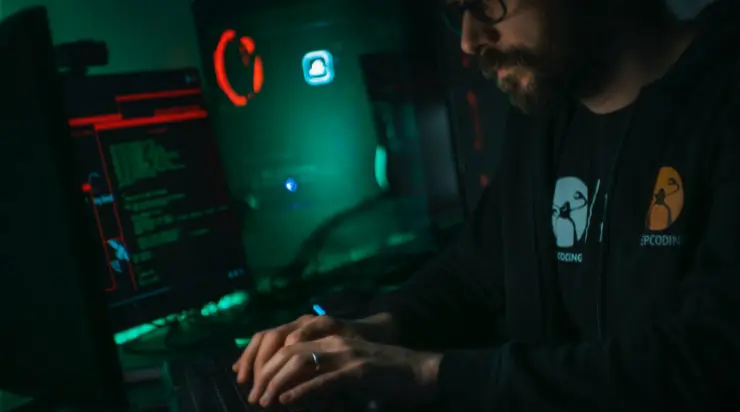Introduction
In the dynamic world of startups, managing costs is a critical aspect of ensuring long-term sustainability and growth. Among these expenses, cloud computing and service provider agreements can often be a significant budget item. Fortunately, many startups are finding innovative ways to reduce their cloud costs and renegotiate deals with service providers. In this blog post, we will explore some of these strategies that can help startups optimize their cloud spending and maximize their resources.
- Rightsize Your Resources
One of the most straightforward ways to cut cloud costs is to rightscale your resources. Startups often provision more cloud resources than they actually need, leading to wastage and higher expenses. By regularly monitoring and optimizing your cloud resources, you can ensure that you are only paying for what you use. This can involve downsizing underutilized instances, leveraging auto-scaling capabilities, and choosing the right instance types to match your workload requirements.
- Embrace Serverless Computing
Serverless computing, offered by platforms like AWS Lambda and Azure Functions, allows startups to run applications without the need to manage servers. This can be a cost-effective alternative to traditional virtual machines or containers, as you only pay for the compute time your code actually executes. Startups can reduce costs by leveraging serverless technology and optimizing their code to run efficiently.
- Leverage Spot Instances
Cloud providers like AWS offer “Spot Instances,” which allow you to access spare capacity at a significantly reduced cost. While spot instances may not be suitable for all workloads, startups can use them for tasks that can tolerate occasional interruptions, such as batch processing or data analysis. By taking advantage of spot instances, startups can achieve substantial cost savings without compromising performance.
- Commit to Reserved Instances
Cloud providers often offer discounted pricing for reserved instances, which involve a one- or three-year commitment in exchange for lower hourly rates. By forecasting your resource needs accurately and committing to reserved instances, startups can reduce their cloud costs significantly. This strategy can be particularly advantageous for workloads with steady, predictable usage patterns.
- Utilize Containerization and Orchestration
Containerization platforms like Docker and container orchestration tools like Kubernetes have gained popularity in recent years due to their ability to optimize resource utilization and simplify application management. By containerizing your applications and using orchestration tools, startups can run multiple services on fewer virtual machines, resulting in cost savings and increased efficiency.
- Explore Multi-Cloud and Hybrid Cloud Strategies
Diversifying your cloud strategy by adopting a multi-cloud or hybrid cloud approach can provide greater flexibility and cost savings. By using multiple cloud providers or combining on-premises infrastructure with cloud services, startups can take advantage of the best features and pricing from different providers. This approach also enhances resilience and minimizes vendor lock-in.
- Renegotiate Service Provider Contracts
Renegotiating your service provider contracts can be an effective way to reduce costs. As startups grow, they may qualify for more favorable terms, discounts, or volume-based pricing. It’s essential to maintain a strong relationship with your service provider’s account managers and regularly review your contracts to identify opportunities for cost reduction.
- Monitor and Analyze Cloud Costs
Regularly monitoring and analyzing your cloud costs is essential for identifying areas where you can cut expenses. Utilize cloud cost management tools and services to gain insights into your spending patterns, set budgets, and receive alerts for cost overruns. This proactive approach can help startups stay on top of their expenses and make informed decisions about cost optimization.
Conclusion
Startups that effectively manage their cloud costs and renegotiate deals with service providers can allocate more resources to innovation and growth. By rightsizing resources, embracing serverless computing, leveraging spot instances, committing to reserved instances, utilizing containerization, and exploring multi-cloud and hybrid cloud strategies, startups can reduce their cloud expenses while maintaining performance and scalability. Furthermore, maintaining a strong relationship with service providers and regularly reviewing contracts can lead to more favorable terms and discounts. In the ever-evolving landscape of cloud computing, startups that master these strategies will be better positioned to thrive and succeed.
Many of these companies have slashed cloud expenses by 20%-30% while some growth stage startups such as ecommerce platforms Meesho and Dealshare have brought down their cloud expenses by 50%, under pressure to control their cash burn, they said.
This has led to the top three cloud service providers – Amazon Web Services (AWS), Google Cloud Platform and Microsoft Azure – waging pricing wars to lure startups onto their platforms in the current downturn.
Over the past months, several startups have been approached by AWS rivals to switch over for lesser pricing, multiple founders who have been in talks with them confirmed.
In some instances, founders are using pricing quotes received from Google Cloud and Microsoft Azure to renegotiate discounted contracts with AWS, their primary cloud service provider, said one of the founders.




